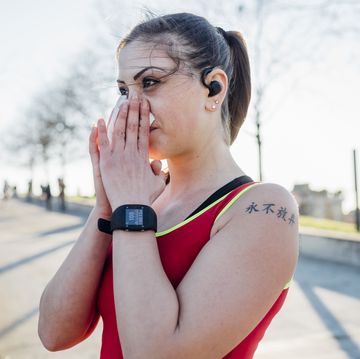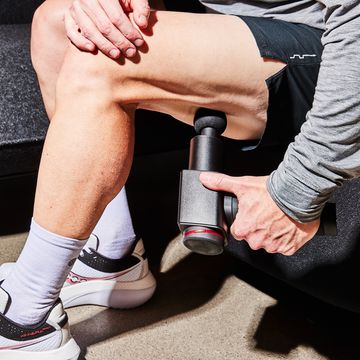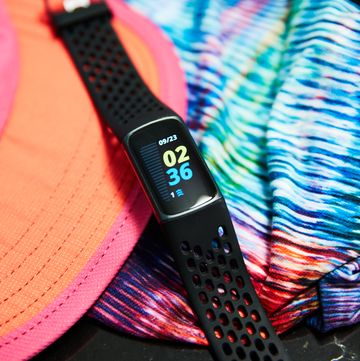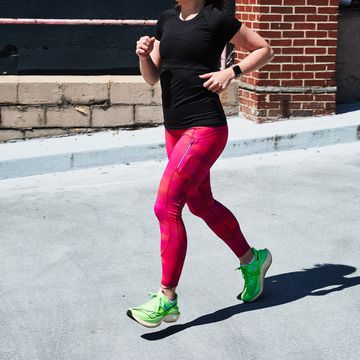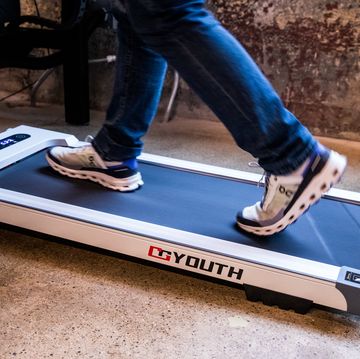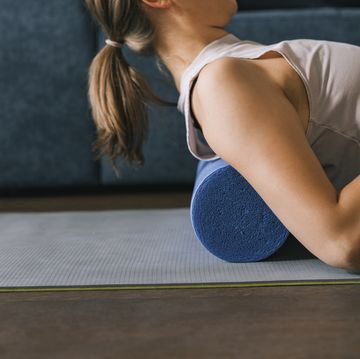Older sprinters have better bone density and neuromuscular functioning than older distance runners, according to a study published in Osteoporosis International.
German researchers examined 178 competitors at the 2006 edition of the European Masters Championships. They measured bone density, lean tissue mass, and a few measures of neuromuscular functioning, or how well one's nervous system communicates with one's muscles, in three groups of athletes: sprinters, middle-distance runners and long-distance runners.
The sprinters outperformed the other two groups on all the measures. While it's probably not news that the sprinters were better at tests like one-legged hopping and maximal grip strength, their higher bone density is notable. The sprinters had significantly higher bone density in their legs, hips, spine and trunk than the distance runners. To be sure, the distance runners' bone density was the same or higher than average for their age, but not nearly as great as that of the sprinters.
This study comes on the heels of our article earlier this month about bone health, which described how higher-impact, less-frequent and multidirectional movements provide more of a stimulus for building bone than do the frequent, relatively low-impact stimulus of distance running.
With age, many runners find themselves gravitating to longer, slower running. This study suggests one of many reasons to try to buck that trend. A weekly session of 10 100-meter striders at about mile race pace should be part of every runner's training, but especially that of runners age 40 and over. Regular short, fast runs help to maintain muscle mass, neuromuscular functioning, stride length and, as this study shows, bone density. All of those benefits of sprinting make for healthier aging, less injury risk and more enjoyable running.

Scott is a veteran running, fitness, and health journalist who has held senior editorial positions at Runner’s World and Running Times. Much of his writing translates sport science research and elite best practices into practical guidance for everyday athletes. He is the author or coauthor of several running books, including Running Is My Therapy, Advanced Marathoning, and Meb for Mortals. Scott has also written about running for Slate, The Atlantic, the Washington Post, and other members of the sedentary media. His lifetime running odometer is past 110,000 miles, but he’s as much in love as ever.




